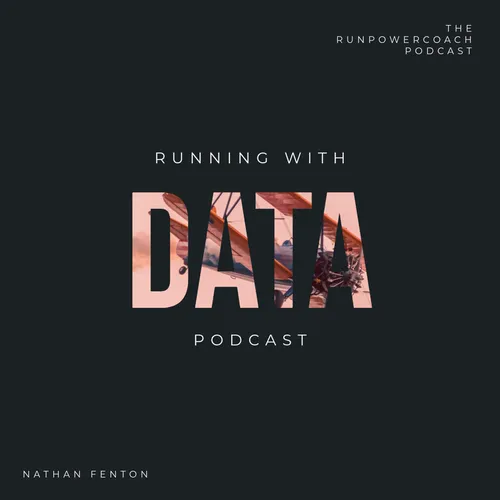Using Data to Monitor Training for Marathon Runners
- Author
- Nathan Fenton
- Published
- Wed 14 Aug 2024
- Episode Link
- http://sites.libsyn.com/538697/using-data-to-monitor-training-for-marathon-runners
In this episode, Nathan discusses the importance of monitoring training and shares protocols and metrics to determine if training is effective. He focuses on two main topics: performance and load management. The power duration curve is a key tool for performance monitoring, as it shows an athlete's maximum efforts for different durations. It helps personalize intervals and track progress. Load management is crucial for avoiding overtraining and injury. Nathan explains various metrics, including training stress score (TSS), chronic training load (CTL), acute training load (ATL), and training impact score (TIS). These metrics help determine the right amount of work for each individual. Takeaways
- Monitoring training is essential to determine if it is effective and to avoid overtraining and injury.
- The power duration curve is a valuable tool for performance monitoring, as it shows an athlete's maximum efforts for different durations.
- Metrics like training stress score (TSS), chronic training load (CTL), acute training load (ATL), and training impact score (TIS) help in load management.
- Personalizing intervals and tracking progress can be done using the power duration curve.
- Maintaining a balance between training too little and training too much is crucial for optimal performance.
